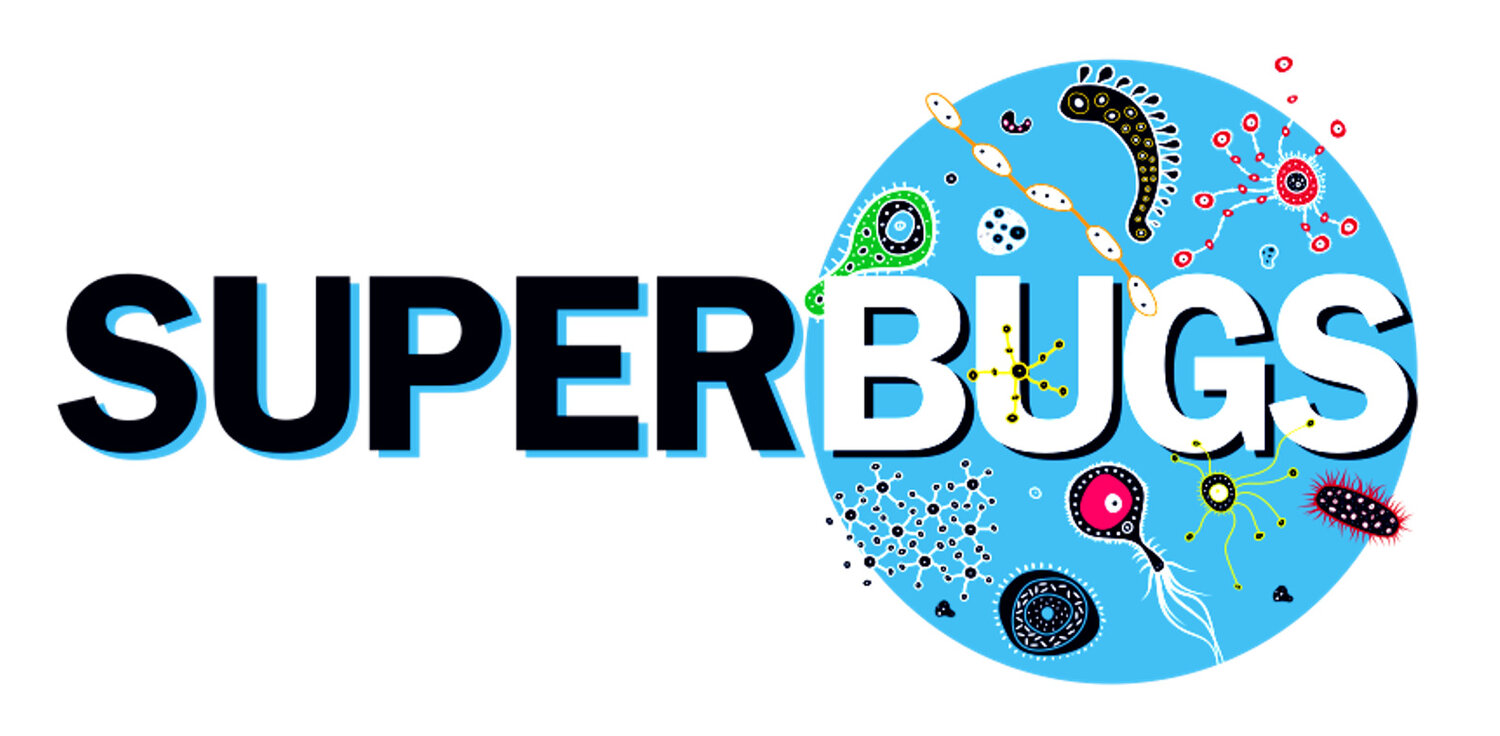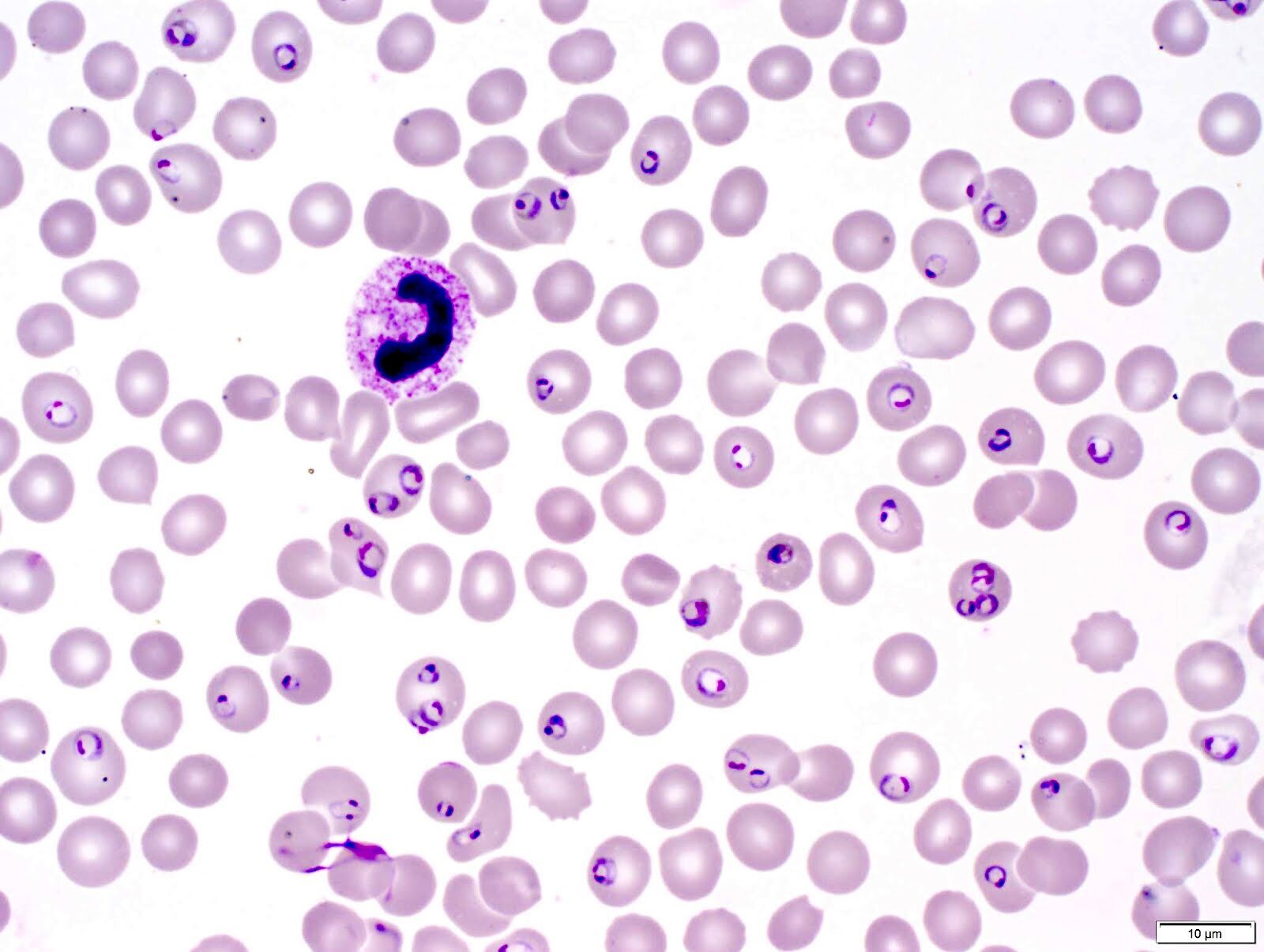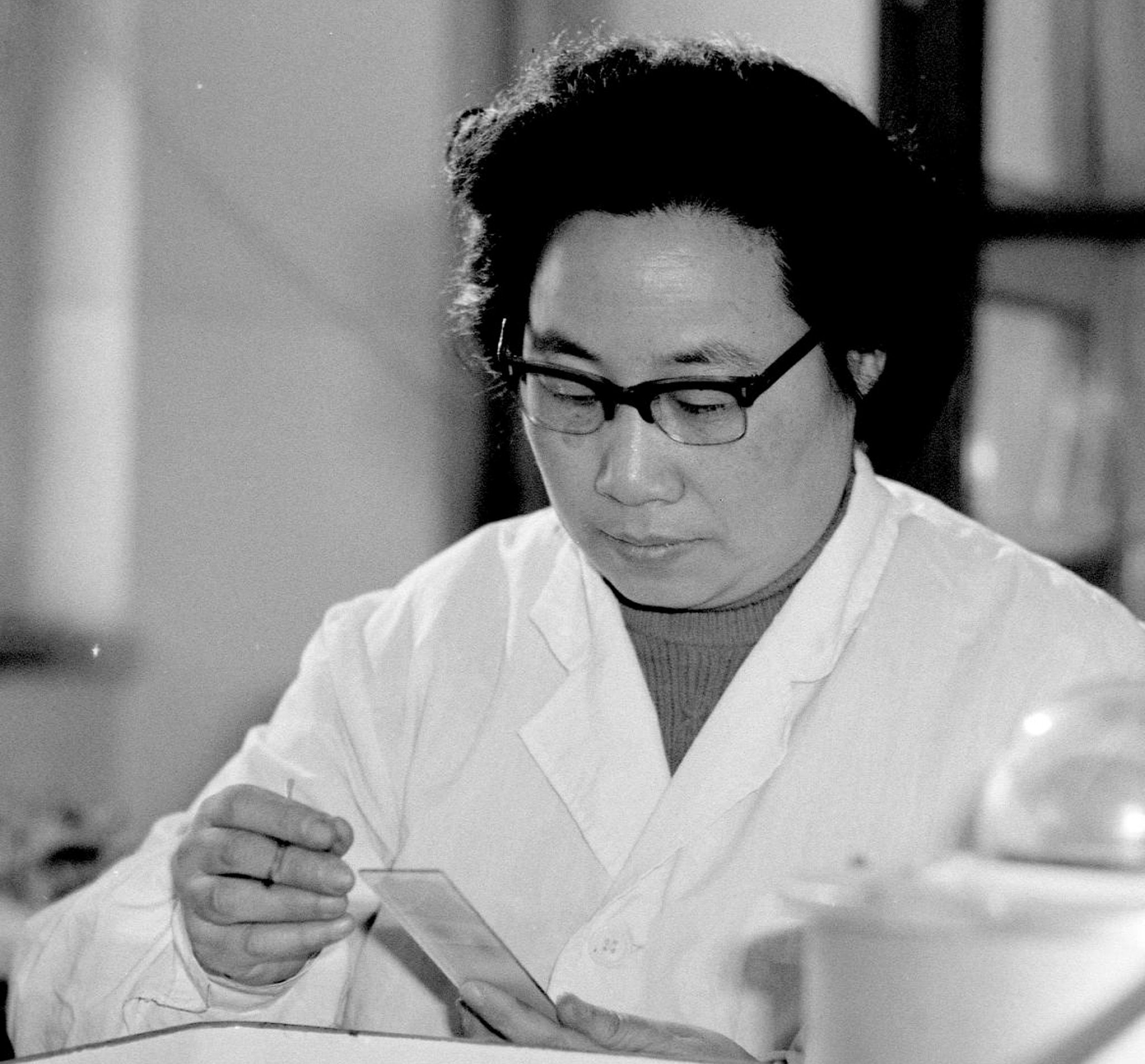Malaria and Artemisinin
A brief history of the drugs against malaria and how they are closely tied to war
Surprisingly, in the modern age, one of the most important anti-infective drugs has roots in a traditional Chinese medicine. It takes a substantial effort to separate the winning drug from the flying squirrel faeces and other odd ingredients that form part of the traditional Chinese apothecary. In fact, it can take more than two thousand different herbal remedies to find one that works. Fortunately, Youyou Tu and her team undertook this epic task, giving us Artemisinin, the now standard malaria treatment.
History of Malaria
Plasmodium falciparum malaria parasites (purple rings) inside red blood cells (small pink circles), as detected in a Giemsa-stained blood smear. The larger cell towards the top left is a neutrophil granulocyte, the most abundant type of white blood cell in humans. — Picture by Bobbi Pritt, Pathology Outlines.
Malaria has been with humans for as long as there have been humans. Indeed, it predates humanity – with the recent discovery of malaria parasites trapped in amber from the Paleogene period, thirty million years ago. Both Ancient Greek and Ancient Chinese texts describe malaria infections. Lord Nelson, Genghis Khan, Dr Livingstone, Mahatma Gandhi and Christopher Columbus all had bouts of the disease. The name derives from “bad air” — Mal aria in Medieval Latin — because of the prevalence in swampy areas. One of the more eye-opening statistics is the claim that malaria killed half of all people that ever lived. This remarkable claim was first made in a commentary article in Nature in 2002, but with no reference to support it. Though sadly the claim is probably not quite true.
Early drugs
Malaria infection is characterised by fever and tiredness – driven by the destruction of the red blood cells. As with other human infections, for much of its long history, malaria treatments were total nonsense – with the doctors in Middle Ages resorting to their standard tool kit of vomiting, bloodletting and trepanning. However, the Quechua people, indigenous to South America, discovered that tree bark from the Quina-quina tree could reduce shivering during malaria infection. Agostino Salumbrino, a Jesuit brother and apothecary, observed this use of the bark and shipped some back to Rome as a treatment for malaria. Initially it was taken as a tincture of dried bark, dissolved in wine. However, in 1820 two French investigators, Pelletier and Caventou, isolated the bark’s active ingredient, quinine, initiating its use as a prophylactic drug. British colonists stationed in India were required to take quinine, and discovered that mixing it with sugar and soda water made it slightly more palatable, especially after the addition of gin!
Quinine, slavery and war
Malaria and quinine are tangled up in the history of slavery and war. The prevalence of malaria in the American South during the colonial era (1600-1700) contributed to the reliance upon African slaves in Southern Colonies, because they were more resistant than white colonists. Quinine also allowed white Europeans to explore West Africa, which had previously been described as a white man’s grave because malaria was so common. Cinchona bark became an extremely valuable resource and the government of Peru outlawed the export of the trees. However, in the nineteenth century, the Dutch government succeeded in stealing the plants and set up plantations in Indonesia, essentially establishing a monopoly – producing 22 million pounds of cinchona bark by the 1930s. In the Second World War, these trees fell under the control of the Imperial Japanese Army, reducing access to the drug for Allied forces. American soldiers in the South Pacific and British soldiers in Burma both suffered very high levels during the war as a consequence; including my maternal Grandfather Donald Dixon CBE, who caught malaria in Tanzania in 1943 and whose skin turned yellow in response to the quinine substitute, Atabrine, that he used. In 1944, the American chemist and Nobel Prize winner Robert Woodward developed a synthetic method to produce quinine, which relieved some of the pressure on the troops.
Chloroquine and tea
Quinine has several toxic side effects and was replaced by another drug called Chloroquine discovered in the 1930s and used during the Second World War. Unfortunately, as seen with the antibiotics and antivirals, malaria parasites resistant to chloroquine began to emerge, and alternatives were needed. Ann Bishop first demonstrated resistance to chloroquine in Cambridge in the 1920s and 30s. Bishop’s research successes came in spite of the barriers put in her way because of her gender; for example, she was forbidden from sitting at the table during departmental tea-breaks and instead sat on the first-aid box.
The Vietnam war and artemisinin
Tu Youyou
, recipient of the Nobel Prize in Physiology or Medicine in 2015.
Yang Wumin/Xinhua, via Associated Press
War played a key part in the discovery of the drug that replaced chloroquine, artemisinin. In 1967, the Chinese government launched the research programme that discovered artemisinin, project 523, to help protect the North Vietnamese Army soldiers against malaria during the Vietnam War. Youyou Tu lead the project; curiously her father named her Youyou after the noise that deer make when they eat the sweet wormwood plant (Qinghao) from which artemisinin was derived. In her attempts to develop drugs against malaria, Tu went back to traditional Chinese medicine. Between 1969 and 1971 Tu and her team had tested two thousand recipes. She found success in a recipe entitled ‘Emergency Prescriptions Kept Up One’s Sleeve’ by Ge Hong which involved soaking Qinghao leaves in water. Tu tweaked the extraction method and isolated the active compound, artemisinin earning herself the Nobel Prize in 2015. The drug is now used widely to treat malaria and has saved many millions of lives.
So, in spite a long and complicated history with humanity, we do have drugs that work against malaria. Unfortunately, there are beginning to be strains of the parasite that are resistant to the drug. This is seen with a lot of other infections and is one of the major health concerns of the modern age. But hopefully one that we can overcome thanks to hard work of scientists such as Youyou Tu.


